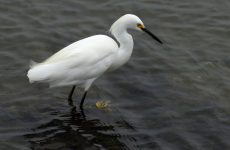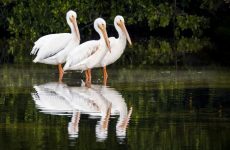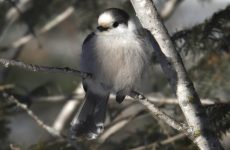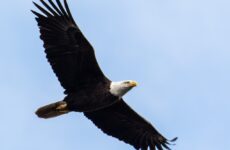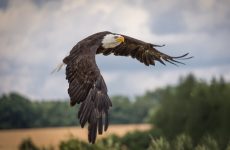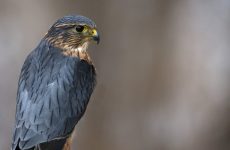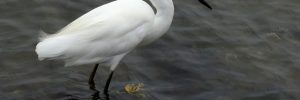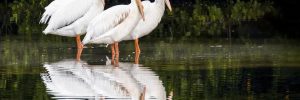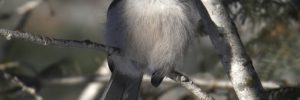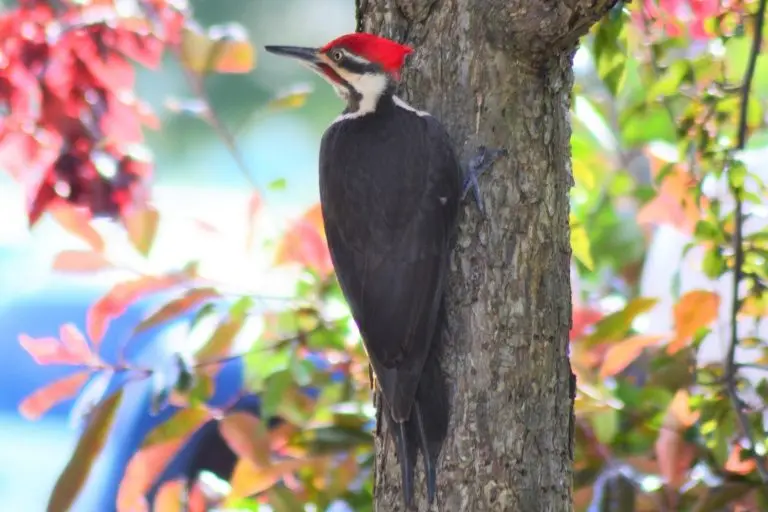
Going out birding in the woods and forest is the best way of seeing woodpeckers in Iowa, but some such as the Red-bellied Woodpeckers, Hairy, Downy, and Northern Flickers can be seen at backyard feeders.
Some Woodpeckers migrate from Iowa and head south for the winter such as the Red-headed Woodpecker and Yellow-bellied Sapsucker.
The biggest woodpecker in Iowa is the Pileated Woodpecker and the smallest woodpecker in Iowa is the Downy Woodpecker.
The 7 types of Woodpecker in Iowa
1. Red-bellied Woodpecker
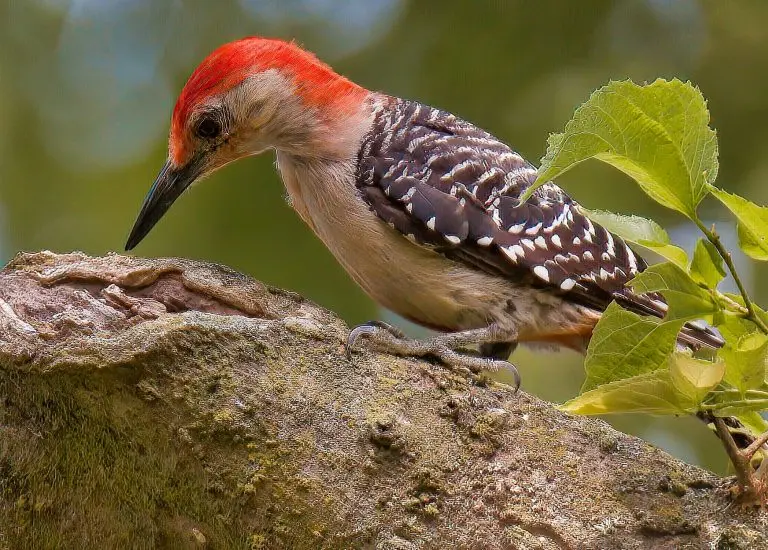
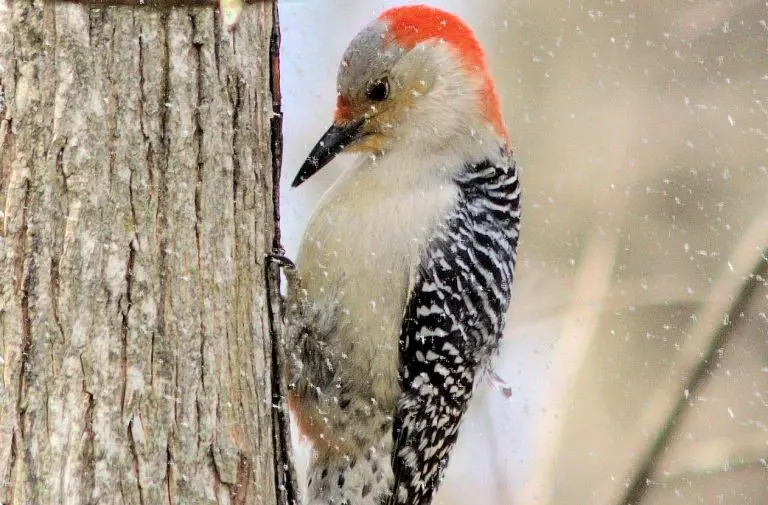
Red-bellied Woodpeckers can be found in Iowa year-round but may are not that common in most of the state except the east.
- Length: 9.4 in (24 cm)
- Weight: 2.0-3.2 oz (56-91 g)
- Wingspan: 13.0-16.5 in (33-42 cm)
They can be mistaken for Red-headed Woodpeckers as they have red caps but are much smaller than the Red-headed Woodpecker. Red-bellied Woodpeckers have a very pale red belly that can be hard to spot. They have the common black and white markings over their backs.
Red-bellied Woodpeckers can often be seen at bird feeders especially if you live near wooded areas. They make a distinctive loud rolling call that means you will often hear them before you see them. They eat insects, fruit, and nuts, nest in dead trees, and lay 4-5 white eggs.
Where to spot Red-bellied Woodpeckers:
Red-bellied Woodpeckers are common in woodlands and forests but can be seen on bird feeders.
How to attract more Red-bellied Woodpeckers to your backyard feeders:
Bird feeders with suet in winter, also peanuts and sometimes sunflower seeds. They can also be seen on hummingbird feeders and will feed on fruit. Try a suet cage or large hopper or platform feeders and hummingbird feeders too.
2. Red-headed Woodpecker
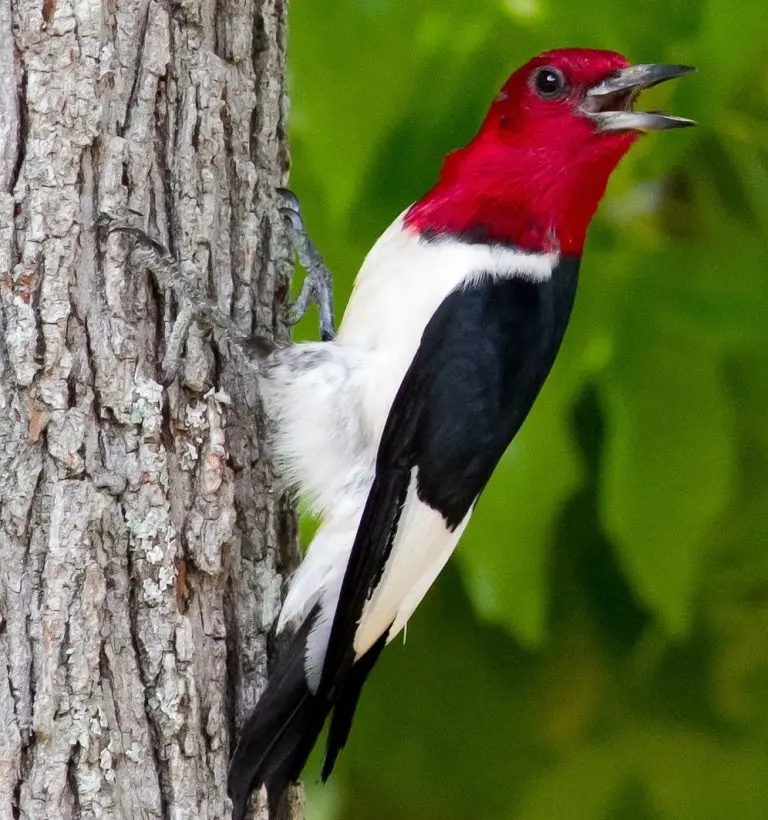
Red-headed Woodpeckers breed in Northern Iowa but then they migrate south in the winter. They can be found all year in the south of the state.
- Length: 7.5-9.1 in (19-23 cm)
- Weight: 2.0-3.2 oz (56-91 g)
- Wingspan: 16.5 in (42 cm)
With their bright red-heads and black and white bold markings, these woodpeckers are one of the easiest to identify.
Red-headed Woodpeckers are medium-sized with powerful spike bills. They can fiercely defend their territories, even removing or destroying the eggs of other birds or ducks. They make a shrill call and nest in tree cavities sometimes reusing a site and lay 4-5 white eggs.
Where to spot Red-headed Woodpeckers:
They can be found in open woodlots, farms, dead timber in swamps, or pine savannas. Sometimes they visit backyard bird feeders.
How to attract Red-headed Woodpeckers to your backyard feeder:
Red-headed Woodpeckers sometimes visit backyard feeders, especially for suet. They will also eat seeds, nuts, and fruit
3. Pileated Woodpecker
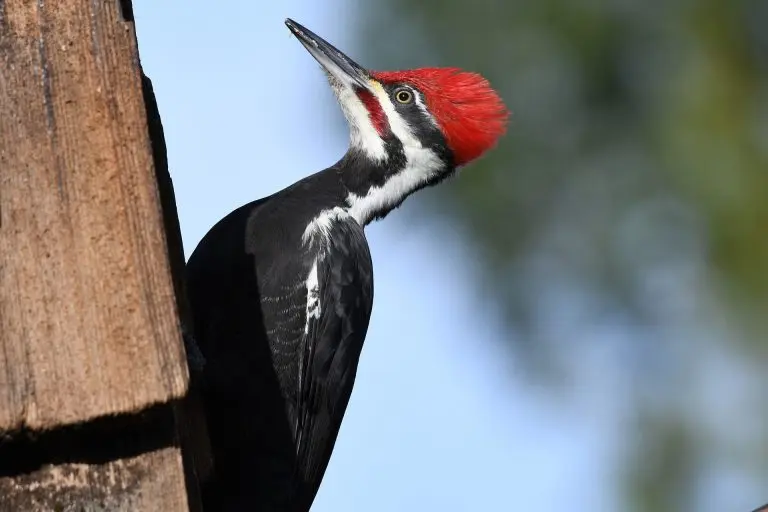
The Pileated Woodpecker can be found all year round in the East of Iowa but it is not that common. It is rarely found in the west of the state. It is the biggest Woodpecker in Iowa and along with its’ flaming-red triangular crest, it is very striking.
- Length: 15.8-19.3 in (40-49 cm)
- Weight: 8.8-12.3 oz (250-350 g)
- Wingspan: 26.0-29.5 in (66-75 cm)
It is one of the biggest woodpeckers being nearly the size of a crow. It is mostly black with a white strip and when flying the white underside of the wings can be seen.
The Pileated Woodpecker eats carpenter ants from dead trees and fallen logs. They make a loud shrill, whinnying call and deep loud drumming. They make nests in dead trees and usually make a new one each year so the old nest site is often used by other species of birds. They usually lay 3-5 white eggs.
Where to spot Pileated Woodpeckers:
They are usually found in mature forests with lots of dead trees.
How to attract more Pileated Woodpeckers to your backyard:
Pileated Woodpeckers will sometimes come to backyard bird feeders, especially for suet.
4. Hairy Woodpecker
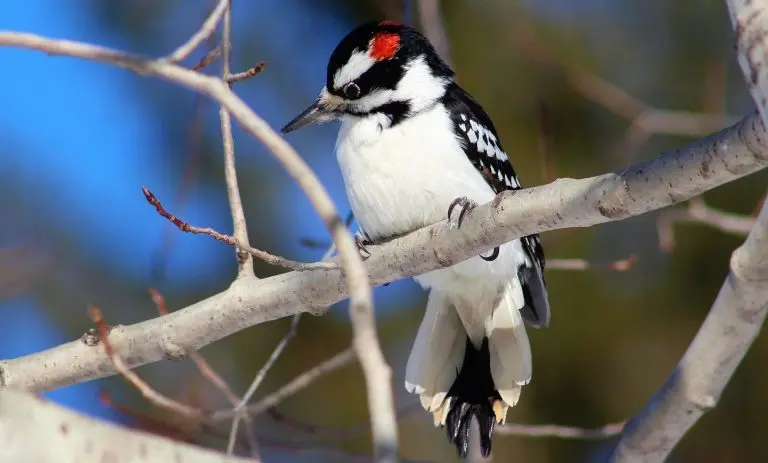
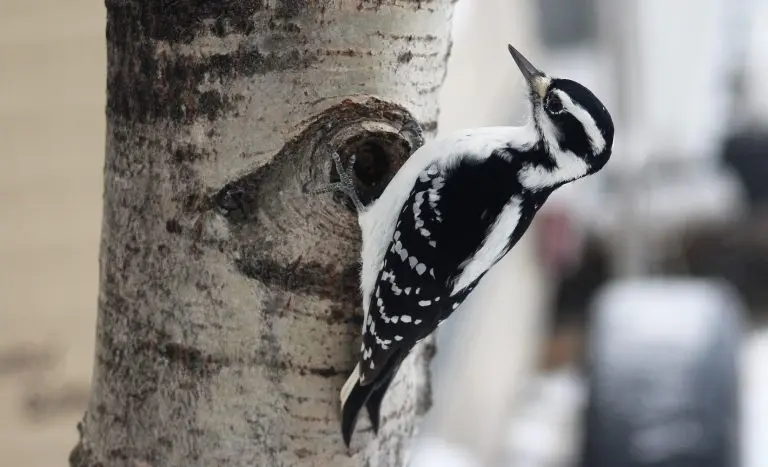
The Hairy Woodpecker can be seen in Iowa all year round, mostly in woodlands.
- Length: 7.1-10.2 in (18-26 cm)
- Weight: 1.4-3.4 oz (40-95 g)
- Wingspan: 13.0-16.1 in (33-41 cm)
It is visually similar to the Downy woodpecker but larger and as it is often found in the same areas it is hard to tell them apart. They can be seen on backyard feeders and it is a powerful small bird that makes a whinnying sound or explosive peak calls. These medium-sized woodpeckers have a black and white pattern with a large white patch on their backs. The male has a flash of red towards the back of the head.
This Woodpecker nests in the cavities of dead trees or dead parts of trees and lays between 3-6 white eggs. They have a diet mostly consisting of larvae.
Where to spot Hairy Woodpeckers:
Woodlands on trunks or main branches of large trees but they can also be found in woodlots, parks, and cemeteries.
How to attract more Hairy Woodpeckers to your backyard:
Try suet or black oil sunflower seeds to attract more Hairy Woodpeckers to your yard using a suet cage, large hopper, or platform feeder.
5. Downy Woodpecker
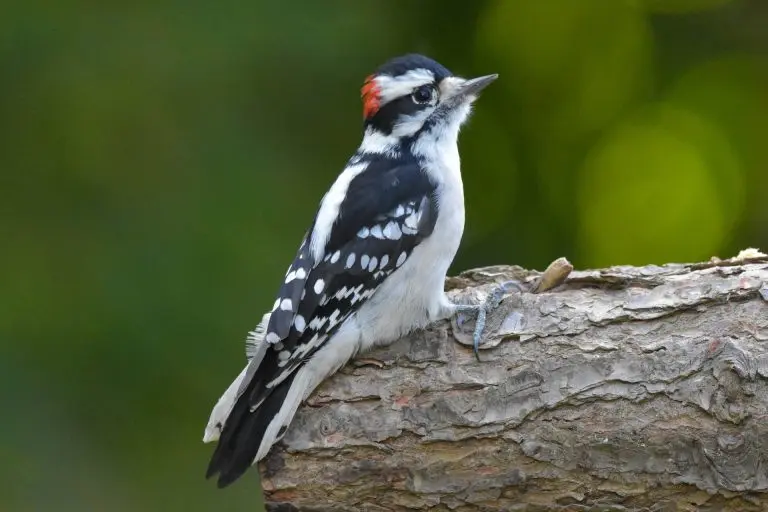
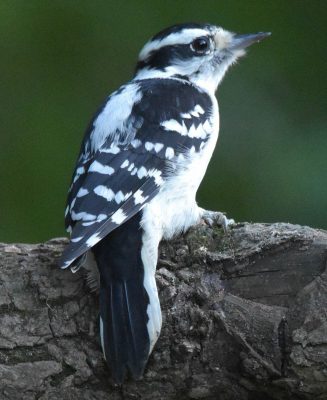
Downy woodpeckers are in Iowa all year and they do not migrate. Although visually very similar to the Hairy Woodpecker it is a third smaller and with a smaller beak compared to other Woodpeckers. The Downy Woodpecker is the smallest Woodpecker in Iowa and is also the smallest in North America.
- Length: 5.5-6.7 in (14-17 cm)
- Weight: 0.7-1.0 oz (21-28 g)
- Wingspan: 9.8-11.8 in (25-30 cm)
The Downy Woodpecker has black and white patterning, being mostly black with a white patch on their backs. The males also have a red patch on the back of their heads. The Downy Woodpecker in Iowa is whiter than Downy Woodpeckers in the west or northwest.
They can be found on backyard bird feeders. They make a high-pitched pik sound and the descending whinny call and are very active so fun to watch. Downy Woodpeckers nest in dead tree cavities and lay between 3-8 small (0.8 in) white eggs.
Downy Woodpeckers eat mainly insects, especially larvae, nuts and they also eat berries, acorns, and grains. They will sometimes be seen drinking from hummingbird feeders.
Where to spot Downy Woodpeckers:
Downy Woodpeckers are often seen mixed in with other small birds such as nuthatches and chickadees. They can be found in open woodlands but also in parks, orchards, and backyards, and they are commonly seen at feeders. They can also be seen amongst tall weeds.
How to attract more Downy Woodpeckers to your backyard:
Black oil sunflower seeds, hulled sunflower seeds, safflower, suet, peanuts, peanut hearts, mealworms using a suet cage, large hopper, small hopper or platform feeders.
6. Northern Flicker
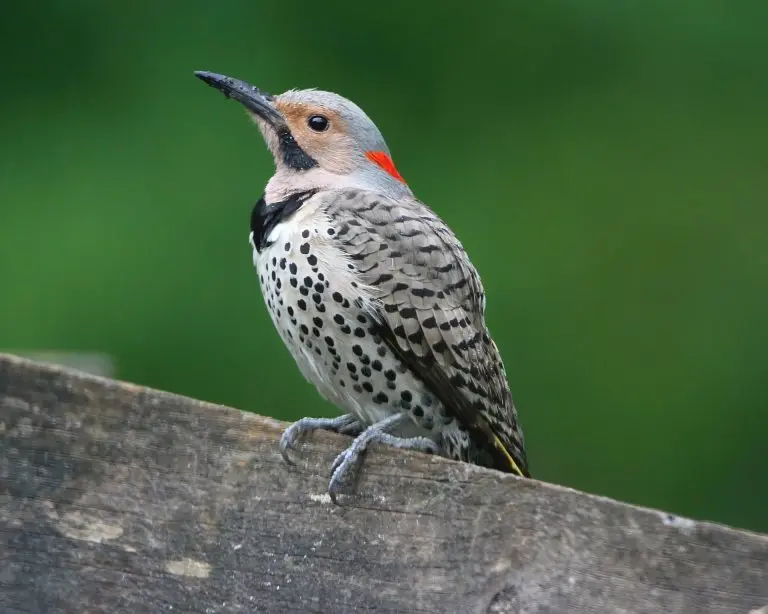
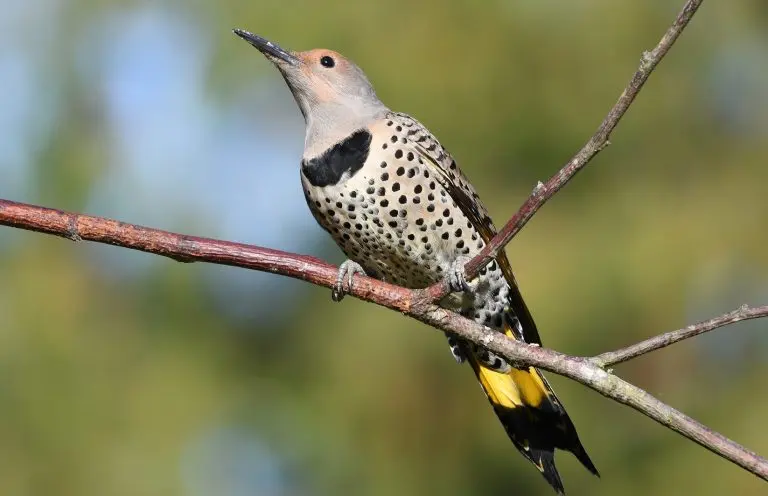
The Northern Flicker can be found throughout Iowa all year round. They are large brown woodpeckers with colorful spotted plumage.
- Length: 11.0-12.2 in (28-31 cm)
- Weight: 3.9-5.6 oz (110-160 g)
- Wingspan: 16.5-20.1 in (42-51 cm)
They eat ants and beetles and so can often be seen on the ground digging them up with their curved bill. In Iowa, Northern Flickers have a flash of yellow in the tails and a white patch on its rump in flight.
Northern Flickers make a loud ringing call with a piercing yelp. They nest in tree cavities and they lay 5-8 white eggs.
Where to spot Northern Flickers:
Northern Flickers can be seen in open woods often on the ground.
How to attract more Northern Flickers to your backyard:
Northern Flickers do not often come to bird feeders but can sometimes be seen at a birdbath so adding a one is your best bet. You can try to encourage them by having black oil sunflower seeds, hulled sunflower seeds, safflower seeds, suet, cracked corn, peanuts, and millet on suet cages, large hoppers or platform feeders. You can also put up a nest box to attract a breeding pair.
7. Yellow-bellied Sapsucker
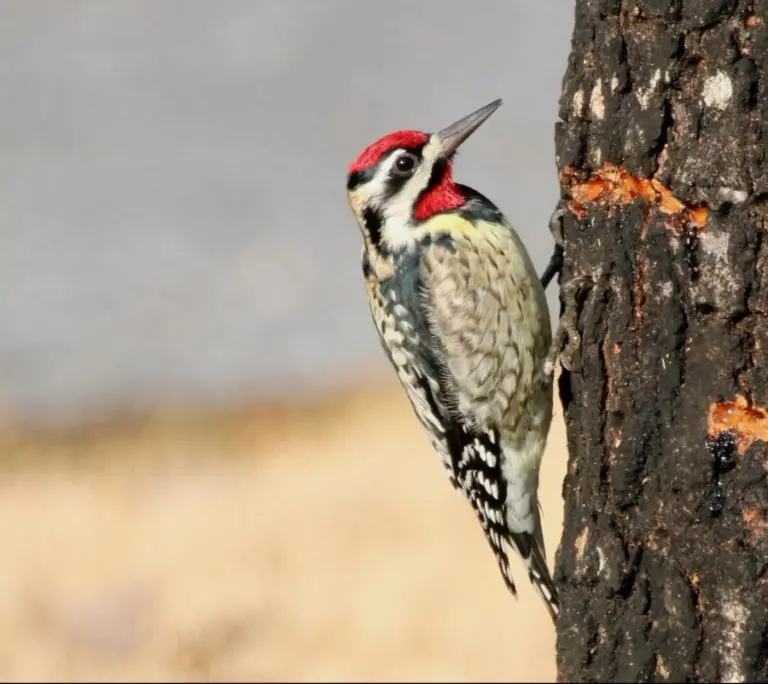
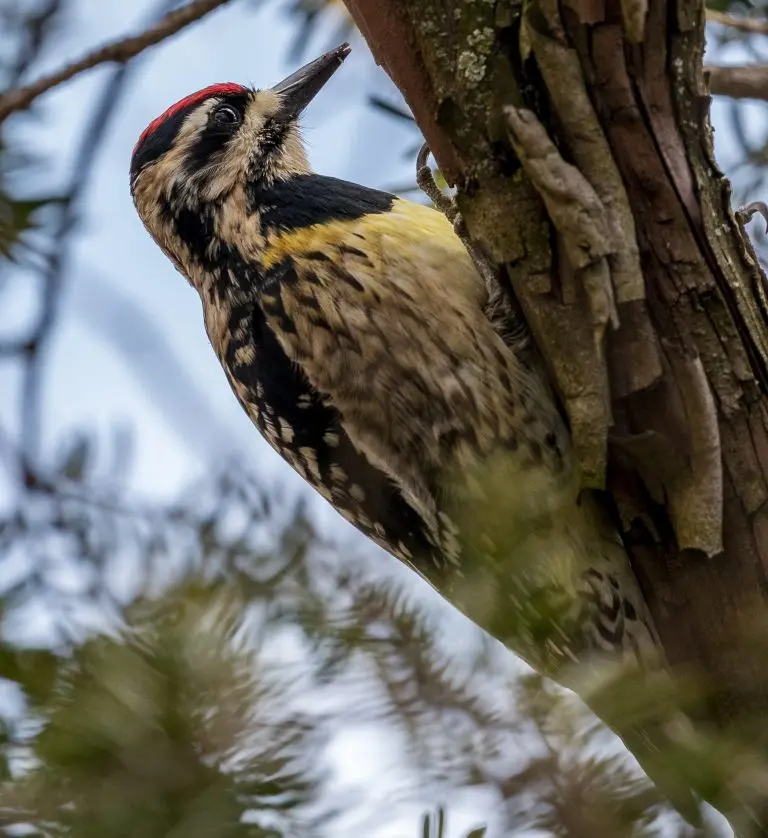
The Yellow-bellied Sapsucker is migratory and flies south in the winter but can be seen in Iowa during the migration. It is relatively small and is about the size of a robin.
- Length: 7.1-8.7 in (18-22 cm)
- Weight: 1.5-1.9 oz (43-55 g)
- Wingspan: 13.4-15.8 in (34-40 cm)
They are mostly black with red foreheads and the male has a red throat. Yellow-bellied Sapsuckers make holes in trees and use their tongues to get the sap out. They make a loud mewing call and they nest in tree cavities and usually have 5-6 white eggs.
Where to spot Yellow-bellied Sapsuckers:
Young deciduous forests often on birch or maple trees where they make neat rows of sapwells to feed.
How to attract more Northern Flickers to your backyard:
Although not usually found at bird feeders they sometimes will come for so so try putting up suet feeders.
How to Attract Woodpeckers to Your Backyard
This site is reader-supported and as an Amazon Associate, I earn a commission if you purchase a product I recommend at no extra cost to you.
There are so many choices of bird feeders and food that can make it difficult to know what is best to buy so check out these options as the best for woodpeckers to save you time and stop you from wasting your money.
Best bird feeders to attract woodpeckers:
- An upside-down suet feeder is excellent for smaller woodpeckers such as Downy Woodpeckers as they offer protection from the rain and help stop bully birds.
- Pileated woodpeckers prefer suet feeders with tail props
- Squirrel-proof suet feeders with a cage to stop larger birds from taking all the turns.
The best suet and birdseed to attract woodpeckers are:
- A bulk pack of suet cakes is a more economical way of buying them.
- Black oil sunflower seeds have a thinner shell which makes them easier for birds to open.
- Mealworm suet is a tasty treat for woodpeckers
- Peanut butter suet is a high energy feed that keeps woodpeckers going in the cold winter months
Birdbaths to attract woodpeckers to your backyard:
- An attractive pedestal birdbath will provide drinking and cleaning opportunities for woodpeckers
- A heated birdbath for the winter is your best bet to provide drinking water that does not freeze.
Nest boxes to attract more woodpeckers to your backyard:
- These nest boxes can attract a breeding pair of woodpeckers
- Nest boxes for flickers are also a great choice
Native berry-producing plants to attract more woodpeckers to your backyard:
You can buy and plant these:

